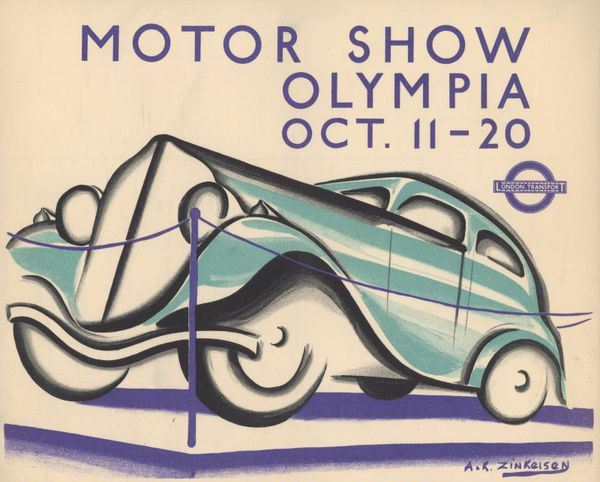Freedom of Expression: Museum of Censored Art Opens
- Editor OGN Daily
- Oct 29, 2023
- 2 min read
Work by artists as diverse as Pablo Picasso, Ai Weiwei, Gustav Klimt and Andy Warhol have been brought together under one roof in what curators say is the world’s only museum devoted to art that has been censored.

The Museu de l’Art Prohibit (Museum of Forbidden Art) in Barcelona, Spain, opened last week and consists of about 200 works that have been denounced, attacked or removed from exhibition. All the works on show had been “censored, prohibited or denounced due to political, social or religious reasons,” according to the museum's website.
Tatxo Benet, a journalist and businessman, began the collection five years ago and is financing the museum out of his own pocket, reports The Guardian. “This is the only museum in the world dedicated to art that has been censored,” he said. While artistic and aesthetic merit had played a part in the selection, the main factor for inclusion had been censorship, he added.

“There are works that perhaps don’t have great artistic merit but their story merits them a place in the museum. That’s what these works have in common and it shows that censorship has failed, because here you can see them. It’s a triumph of freedom of expression.”
Benet believes that all kinds of art should be displayed at his museum. “I have zero taboos,” he tells the Telegraph. “Coming to this museum will increase visitors’ levels of tolerance.”
Benet began collecting censored art in 2018, when officials withdrew Spanish artist Santiago Sierra’s Political Prisoners in Contemporary Spain from view at Madrid’s Arco art fair. The work features 24 pixelated portraits of politicians and activists, including Catalan leaders who had been imprisoned. “I wanted to buy it because the piece bravely reflects a situation that some people may agree with, and others may not,” Benet told Art Newspaper at the time.
“When there is an act of censorship, two things happen: An artist’s freedom is curtailed, but also the people’s freedom to interact with the piece of art is restricted.”
For more info, see Museu de l’Art Prohibit
World’s Largest Underwater Museum: What was once a seaside resort 2,000 years ago for wealthy Romans is now the world’s largest underwater museum - with 15,000 visitors each year. Dive in...
Today's Articles
Incredible Journey: Bold bird threw caution to the wind as a typhoon hit Japan - the start of an insane 11 hour rollercoaster to heights and speeds it had never experienced before. Happy ending...
Good News Top Trio: Three of last week's most popular articles, plus the most watched (hilarious) video. Links...



